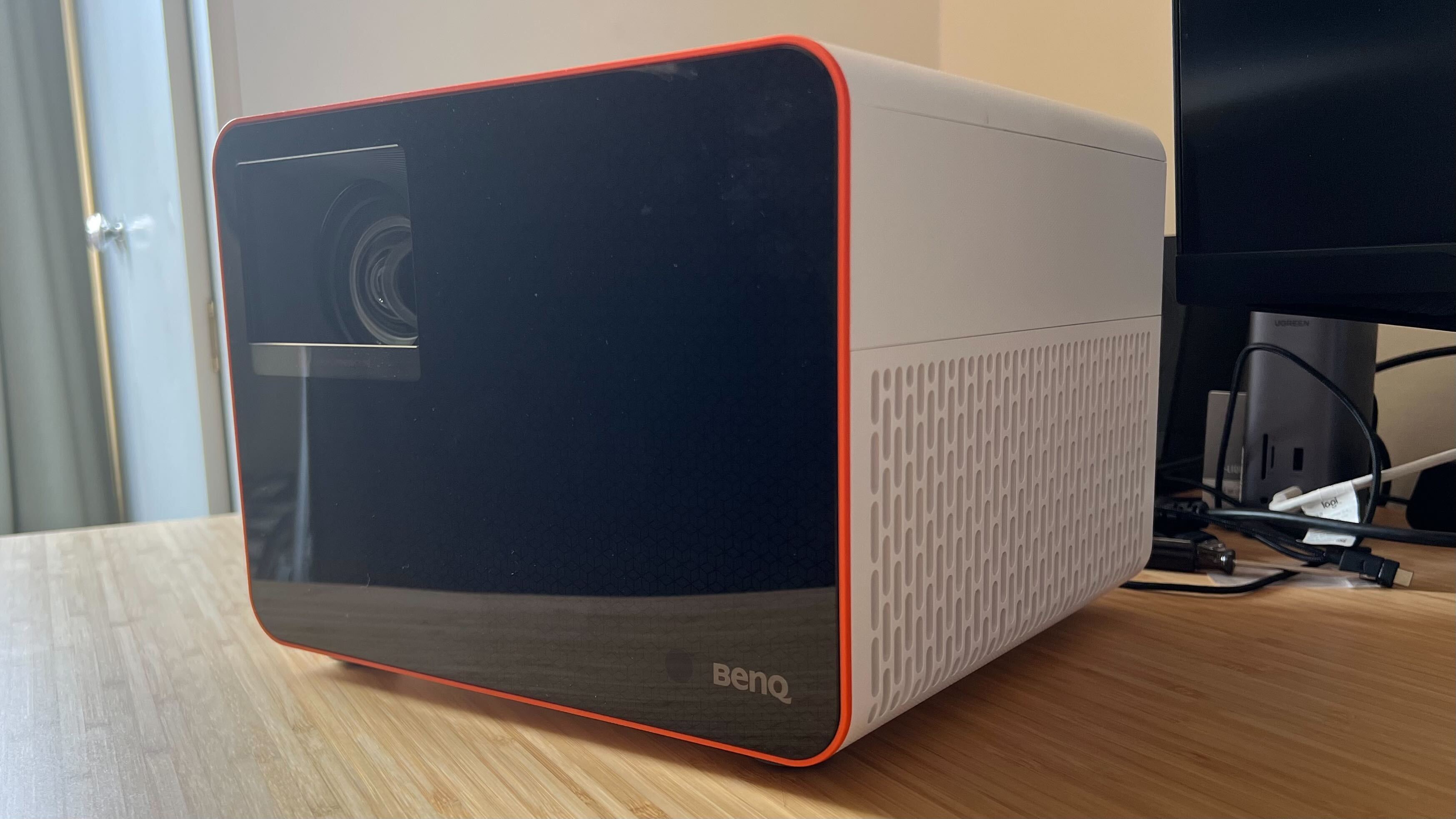
It's no secret that projectors are taking over our living rooms, and now that prices on more sophisticated streaming tech are dropping more and more movie lovers and gamers are taking to the even-bigger screen. This year's Black Friday projector deals are primed to offer some of the biggest discounts we've seen yet, across both cheaper 1080p and more premium 4K lens throwers. As the tech inside these devices gets cheaper, demand rises, and prices ultimately fall further during major sales events.
If you're looking to upgrade to one of the best projectors for gaming or the best 4K projectors for streaming this year, there are few questions you need to ask yourself before diving into November's offers. Picking up a new projector isn't quite the same as grabbing a 4K TV - you have to consider brightness, room dimensions, and audio output before making your final purchase. It's worth getting these right, as - while certainly cheaper than previous years - this isn't a small-budget endeavor.
I've tested a range of different projectors from 2024's roster, and rounded up all the questions you need the answers to before exploring this year's discounts.
What will you use the projector for?

This will be the easiest question of the lot for most people, but with dedicated gaming projectors on the market, and a few professional office projectors on the shelves, it's worth making sure you know exactly how your device will be used. A streaming projector, for example, will make more space in its price tag for a dedicated speaker or smart features, whereas a gaming projector will cost a little extra for its low-latency visuals and can bump refresh rates for 1080p content as well.
This is also where resolution comes into play.
If you know you want a streaming projector, it's worth noting the services you use. Many offer 4K viewing material, often at a higher cost, but some don't at all. If you rarely end up watching your movies and shows in 4K, you're not going to benefit by spending more on a UHD projector. On the flip side, the Blu-Rayers among us will certainly want to upgrade to a full 4K model to fully appreciate their high-quality disks.
It's a similar story for those after a gaming projector. If you play on a current-generation console, you'll likely want to make the most of a 4K device. However, those running a PS4, Xbox One, Nintendo Switch, or gaming handheld will be served just fine by a 1080p model and can save plenty of cash in the process.
Do you want to watch during the day?

Brightness is measured in lumens across projectors, and is the main spec you should be looking at if you plan on using your device during the day. No projector can compete with the sun when used outside on a clear day, but ambient light can still creep in during the day and cause your image to become distorted. The higher your lumen spec the better if you plan on using your projector around the clock, with most consumer models tapping out at around 9,000 lumens. That's a seriously expensive model, though, I'd instead aim to hit around 4,000 - 5,000 lumens if you're worried about daylight.
Most projectors will pack 2,000 or 3,000 lumens, being designed to run during the evening hours or in dark rooms.
How much space do you have?

The projector you choose will need to fit into your space and cast its image at the right distance to be effective. This distance is known as Throw Ratio, and nailing this spec means you're picking up the right model for the size of your room.
Throw ratio is determined by dividing the distance between the lens and your screen by the width of the image. This equation is then put into a ratio - for example, if a projector can display a 120-inch screen (a 105-inch or 8.75ft width) and your room is 15ft wide, you'll need a projector with a 1.7:1 throw ratio (15 divided by 8.75). If you find a projector with a 2.0 throw ratio, you know you'll need 17.5ft of space to produce an 8.75ft wide image.
Most projectors fall around a throw ratio of 1.5 - 2.2, but if you're working with a particularly small space that put you outside of those parameters, there are other options. A short-throw projector will generally have a ratio of 0.4 - 1.0, which means, at the bottom end of that, you could produce that same 120-inch, or 8.75ft wide, image from a distance of 3.5ft.
You'll need to know how big you want your image to be and how large your room is before you start deal hunting to make sure you're getting the right fit.
Do you have a sound system?
A lot of projectors come with a speaker built in these days, but many don't and it can trip up shoppers once they've plugged in their new system. You'll need to have some sort of audio solution in place if you opt for a device that doesn't feature a set of woofers itself (and if you value high quality audio you'll likely prefer using a dedicated set of speakers instead anyway). You can save some cash by opting for a projector without its own audio, but make sure your existing speakers can connect via Bluetooth for a cable-free setup.
We're also getting you prepped for this year's Black Friday 4K projector deals, or you can check out the biggest Black Friday TV deals and Black Friday OLED TV deals if you're going more traditional with your upgrades this year.







